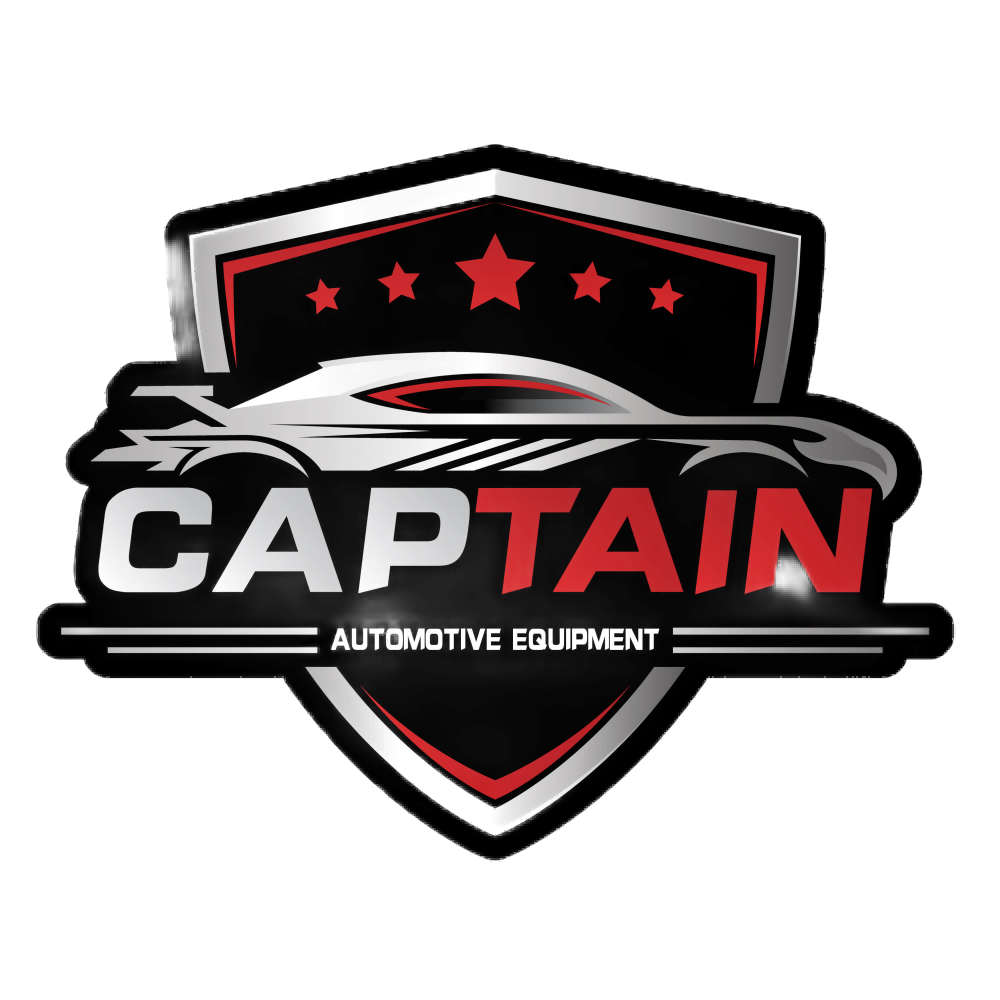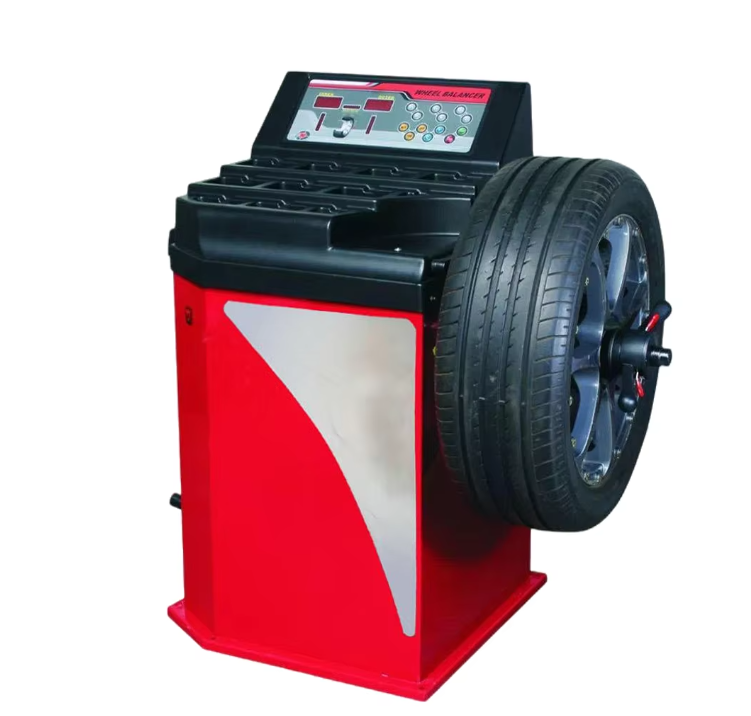Understanding Automatic Tire Changers
Core Components and Functionality
Automatic tire changers come equipped with various essential parts that make them work well. The most important ones would be the bead breaker, the mounting and demounting head, plus an inflation system. Let's talk about the bead breaker first since it plays such a big role. Powered by hydraulics, this component loosens the tight grip between tire and rim, making removal and installation much easier than trying to do it all by hand. Workers can save hours on each job thanks to this feature alone. Then there's the control panel and those safety systems everyone overlooks until something goes wrong. These aren't just fancy additions either they actually help prevent injuries while keeping things running smoothly. When everything works together properly, technicians finish their jobs faster and shops can handle more customers throughout the day, which is why so many garages have made the switch from old school tools to modern automatic equipment.
Benefits Over Manual and Semi-Automatic Models
Automatic tire changers beat out both manual and semi-automatic options in several ways. For starters, they cut down on tire changing time significantly, which means lower labor expenses and higher shop throughput. Manual tire changes often lead to damaged tires or bent rims, something that happens all too frequently when done by hand. The automatic machines protect these parts while getting the job done right. Plus, these modern systems work with almost every type and size of tire currently on the market. That versatility makes them worth the investment for most auto repair shops. Shops that have switched to automatic changers report faster turnaround times and happier customers who appreciate the extra care given to their vehicles during maintenance.
Leverless Automatic Tire Changers
Polymer-Based Rim Protection Technology
Leverless automatic tire changers now come equipped with special polymer materials that really protect rims against those annoying scratches and dents when changing tires. This feature matters a lot because alloy wheels can get damaged easily, something many customers care about these days since they want their cars looking good while still working properly. Shops save money on repairs thanks to this tech, which makes owners happier when picking up their vehicles after service without worrying about finding new damage on their rims. The polymer protection keeps everything safe inside the car, plus it shows just how advanced these machines have become compared to older models in the tire changing business.
Applications for Performance and Heavy-Duty Tires
Leverless automatic tire changers were built to handle those big performance and heavy duty tires that just cant be managed with regular equipment. These tires are wider and heavier than what we normally see, so they require something special. The market is changing though as bigger tires get more common for off road adventures and tough work environments. Mechanics across the country have noticed this shift and many shops now stock leverless models because customers keep coming in with these oversized wheels. When working on SUVs and trucks, these machines make tire changes go much faster, cutting down wait times at service centers and letting shops serve more customers each day. For garages dealing with both high performance cars and commercial vehicles, investing in leverless changers makes good business sense since it keeps operations running smoothly while meeting all sorts of different customer needs that pop up every day in today's busy tire service world.
Touchless Automatic Tire Changers
Suction and Roller Mechanisms for Rim Safety
Modern touchless tire changers use special suction cups and rollers that really cut down on the chances of damaging rims when taking tires off or putting them back on. The tech behind these machines gives a much gentler handling than traditional methods, something that matters a lot when dealing with expensive alloy wheels that can get scratched easily. Since there's less actual touching of the rim itself, service centers offering this equipment tend to have fewer complaints about damaged wheels. For folks who spend big bucks on custom wheels, knowing their investment won't be marred during routine maintenance makes all the difference in choosing where to get their tires changed.
Ideal for Luxury and Alloy Wheel Applications
Touchless tire changers work really well when it comes to luxury and alloy wheels, which fits what many specialty shops need since these customers want everything done right down to the last detail. Shops that service expensive cars often see happier clients because there's just less chance of scratching or damaging those pricey rims compared to old school methods. Getting one of these machines isn't just about keeping up with trends either. For garages targeting upscale clientele, having this equipment makes all the difference in standing out from competitors who might still be using manual tools. The owners I've talked to say their repeat business goes way up once they switch over, especially among folks who spend thousands on custom wheels every year.
Run-Flat Tire Changers
Specialized Bead-Breaking Systems
Tire changers made for run-flats have special bead breakers built right in so they can work on those tires that still hold up under pressure even when completely flat. These systems make all the difference because run-flat tires are notoriously tough to service once they lose air. Most modern bead breakers come with adjustments that let technicians tackle different tire sizes, which is why garages love having them around for everything from everyday cars to high performance models. Shops across the country are seeing more customers bring in run-flats these days, so investing in proper equipment means being able to offer services others cant, keeping customers happy and coming back for more.
Handling Low-Profile and Reinforced Tires
Dealing with low profile and reinforced tires brings some real headaches because they're stiffer and built differently than regular tires. That's why run flat tire changers were developed specifically for these tough jobs. These specialized tools let technicians change even the most stubborn run flats without damaging the tire itself or scratching up the wheel rims. Shops that invest in good quality run flat equipment protect both their bottom line and their customers cars at the same time. Most mechanics will tell you that getting run flat compatible machinery should be high on any garage's priority list nowadays. People want safer driving experiences and better performing tires, so having the right tools means being able to handle what customers bring through the door. As more vehicles come off the assembly line with run flat systems already installed, workshops need to keep pace with this growing trend if they want to stay competitive in the long term.
Advanced Bead Press Systems
Dual-Point Press Arm Technology
Bead press systems with dual point arms have become a must have for anyone wanting to mount tires without damaging them. These systems spread pressure evenly across the tire bead, which keeps the tire from getting misshapen during installation. The difference really shows up when working with big truck tires or heavy equipment rubber, where getting the fit right matters a lot for performance and safety. Shop foremen will tell anyone who'll listen that spending money on good bead presses pays off in multiple ways. They protect expensive tires from unnecessary wear while making the whole mounting process go faster, which means less downtime and happier customers walking through the door.
Optimizing Mounting for Skid-Steer and Truck Tires
The new generation of tire changing systems was built keeping skid steer and truck tires at the forefront, so they handle quick replacements even when working under tough conditions on construction sites or loading docks. Trucking companies see real value here since less time spent fixing tires means fewer trucks sitting idle, which keeps operations running smoothly day after day. Some field studies actually show that shops using modern bead pressing tech report up to 30% fewer equipment breakdowns during tire changes. For businesses where tire maintenance is part of daily operations, investing in these systems pays off fast. Companies that have made the switch often mention smoother workflow transitions between jobs and noticeably longer tire life across their entire fleet.
Selecting the Right Automatic Tire Changer
Factors Like Tire Size and Shop Volume
Picking out an automatic tire changer means looking at several important things first, mainly what kind of tires get worked on and how busy the shop usually gets. When a shop handles bigger tires or just has tons coming through every day, they really need something strong enough to take all that wear and tear without breaking down. Think about it this way: those big commercial truck centers definitely aren't going to work with some tiny little machine. On the flip side, if someone runs a small garage where not many cars come in each week, then getting a compact model makes much more sense both financially and space-wise. Most mechanics know their own shop inside out after years of running things, so taking stock of daily operations helps point them toward the right equipment choice that actually works for real world conditions rather than just sounding good on paper.
Future-Proofing with Modular Upgrades
Automatic tire changers that come with modular upgrades represent smart investment for businesses looking ahead. These machines adapt well to technological changes down the road, which means shops won't have to spend big bucks replacing entire systems later on. The money saved over time makes these initial investments worthwhile while keeping operations ready for whatever comes next in tire changing tech. Markets are constantly shifting, so equipment needs to keep pace too. Modular setups let repair shops install new features when they hit the market rather than waiting years between major updates. Most garages find this flexibility invaluable as customer expectations continue rising alongside vehicle complexity.
FAQ
What are automatic tire changers?
Automatic tire changers are advanced machines designed to efficiently remove and install tires on vehicles. They offer improved functionality over manual and semi-automatic models, reducing labor costs and minimizing damage to vehicle rims and tires.
Why choose leverless automatic tire changers?
Leverless automatic tire changers use polymer-based rim protection technology to avoid damage during tire changes, particularly beneficial for performance and heavy-duty tires.
How do touchless automatic tire changers work?
Touchless changers employ suction and roller mechanisms to delicately handle luxury and alloy wheels without causing scratches, enhancing customer satisfaction.
What are run-flat tire changers?
Run-flat tire changers are specialized to handle tires that can support weight even when deflated, featuring adjustable bead-breaking systems to cater to various tire sizes.
What should be considered when selecting automatic tire changers?
Key factors such as tire size, shop volume, and modular upgradeability should be considered to ensure equipment meets specific business needs and remains relevant with technological advancements.

